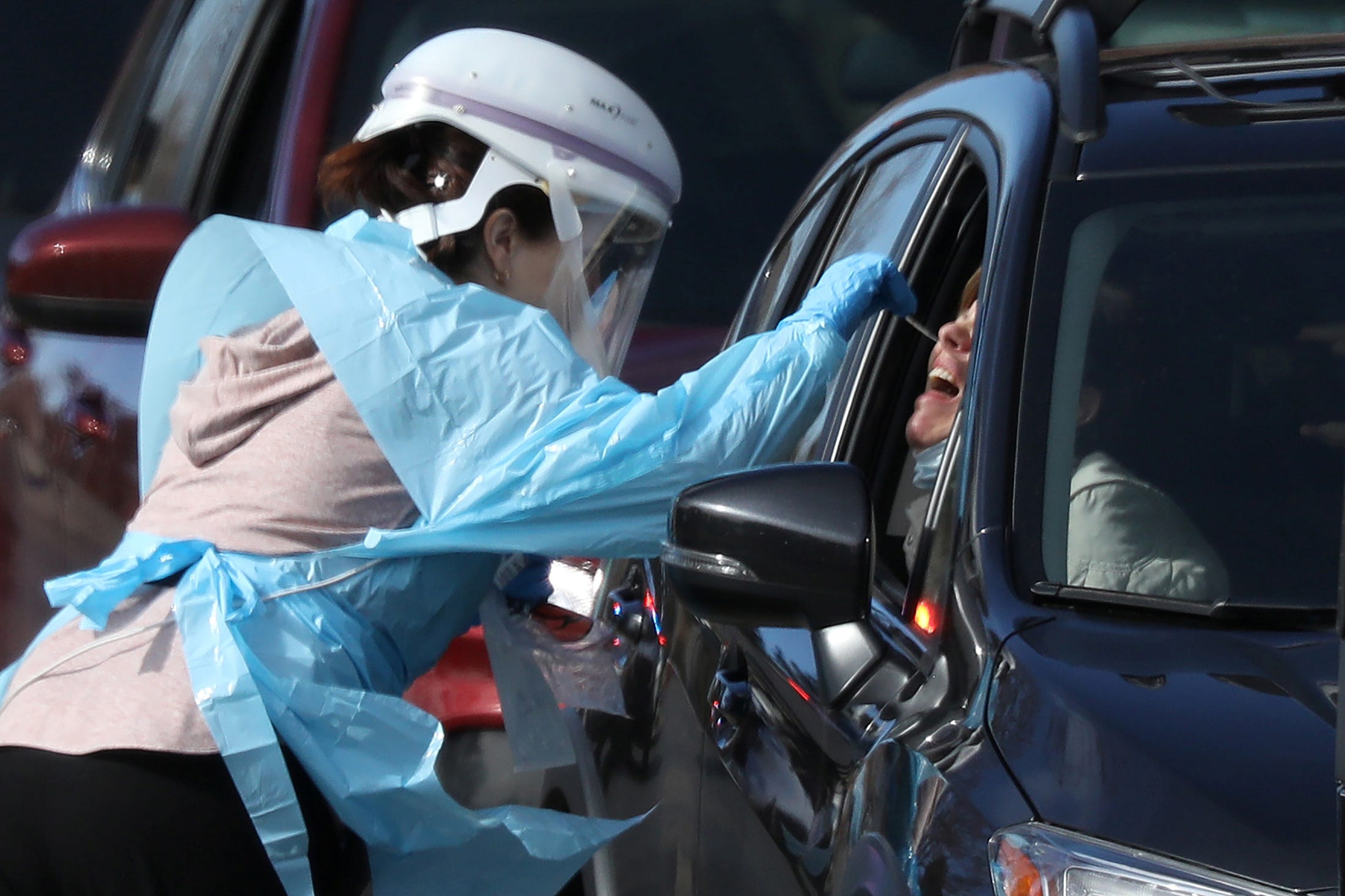- The US is significantly behind on testing coronavirus patients compared to countries like South Korea and China.
- Delays in US testing can be attributed, in part, to the CDC’s decision to develop its own test, which turned out to be faulty.
- The US also restricted testing criteria so that not everyone with symptoms of the virus was eligible to be tested.
- For the latest global case totals, death tolls, and travel information, see Business Insider’s live updates here.
- Visit Business Insider’s homepage for more stories.
The US response to the coronavirus outbreak had been plagued by testing debacles and delayed reports of local cases. The country has confirmed more than 1,000 infections and more than 30 deaths as of Wednesday, but health experts anticipate that the total number of cases is likely higher.
Around 80% of coronavirus cases are believed to be mild, which means some patients may never show symptoms. But even mild cases can be infectious, making it difficult to control the virus’ spread. On Monday, the Centers for Disease Control and Prevention said “there’s a good chance many will become sick” in the US.
In states with major outbreak like Washington and New York, local hospitals have reported a shortage of test kits to identify cases. As of March 8, the CDC had only conducted around 1,700 tests, compared to nearly 200,000 in South Korea.
Here’s a timeline of everything that went wrong with coronavirus testing in the US.
The initial outbreak was first reported in China on December 31. By January 10, a Shanghai laboratory had sequenced the virus' genome.
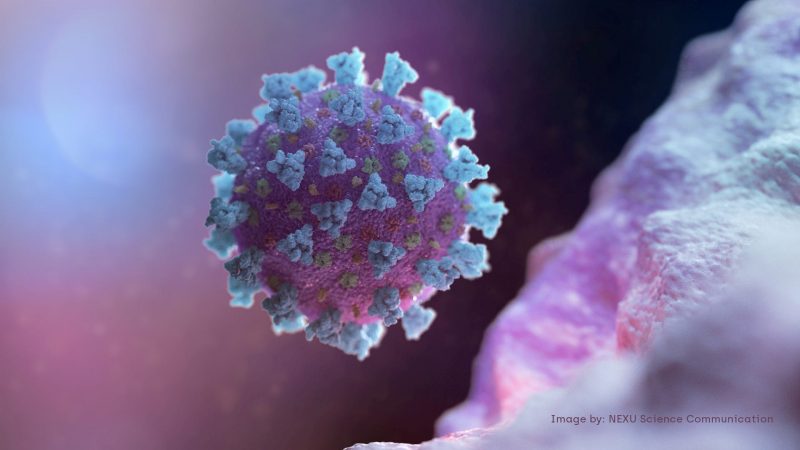
The 30,000-nucleotide sequence opened the door for scientists to develop a diagnostic test.
With a polymerase chain reaction (PCR) test, for instance, doctors can compare the genome for COVID-19 to the genome from a throat swab or saliva sample.
German scientists produced the first diagnostic test a week later.
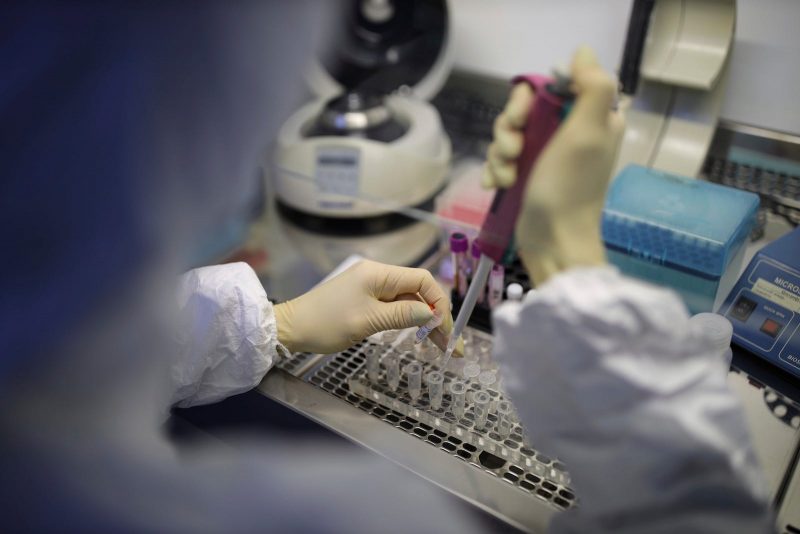
The researchers started developing candidate tests before the COVID-19 genome was announced using genetic sequences for SARS-related viruses. Once the COVID-19 sequence was available, they quickly released a diagnostic test on January 17.
The World Health Organization began shipping those tests out to countries during the first week of February.
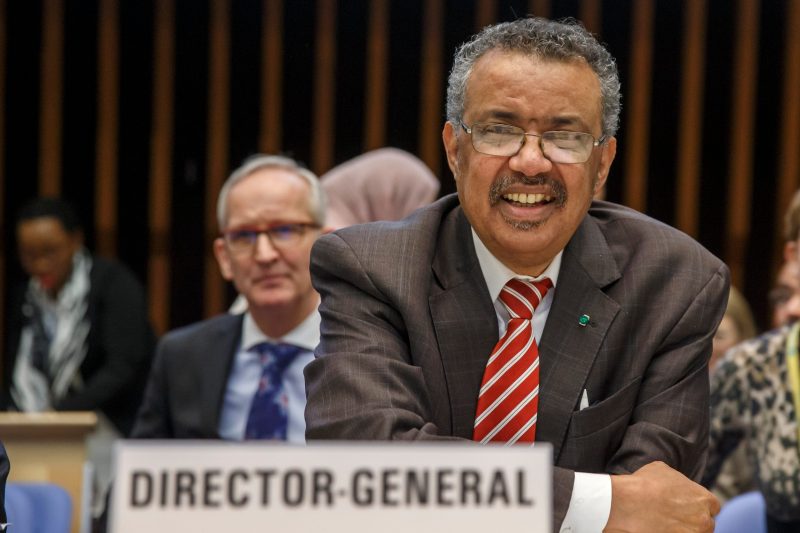
On February 6, WHO reported that it was shipping about 250,000 tests to 159 laboratories around the world.
The US opted to develop its own test, but the distribution was limited.
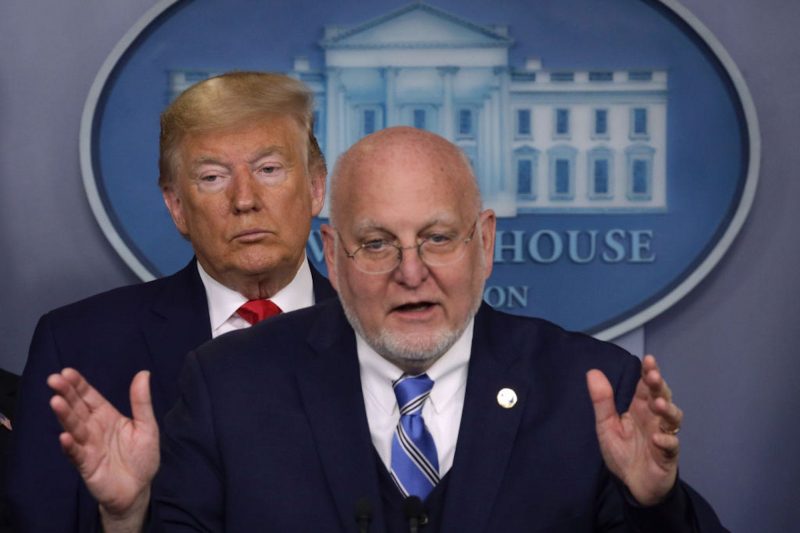
The nation had developed its own diagnostic tests for the Ebola and Zika viruses and opted to use the same playbook again, William Schaffner, a CDC adviser and infectious-disease specialist at the Vanderbilt University School of Medicine, told Business Insider.
"The notion of accepting a test developed by someone else I think was a bit alien," Schaffner said. "There may have been other considerations of which I'm not aware, but I'm sure that pride was one of them: 'We know how to do this, thank you very much. We'll develop our own.'"
The CDC publicly released the details of its test on January 24.
Other countries, like China, developed their own tests as well.
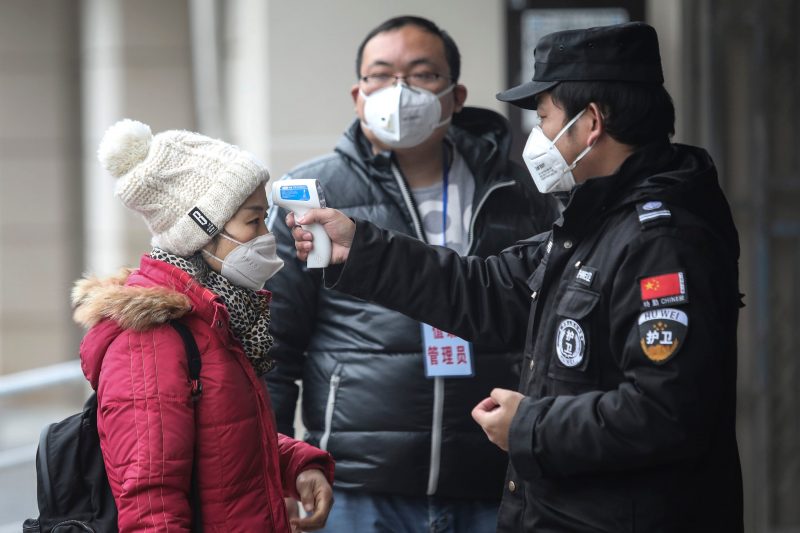
China developed a blood test that looked for specific antibodies produced by the body to fend off the virus. The test worked even for patients in recovery, whereas PCR tests (the kind developed in the US) can only diagnose patients when they're ill.
Christian Drosten, a researcher at the German Center for Infection Research who developed one of the first COVID-19 tests, told Business Insider that it's helpful for countries to develop multiple tests in case one laboratory test turns out to be faulty.
"If we are in doubt about our test, or if there is something wrong with the test targets, the virus mutates or something, we could still switch to the test that another lab uses," Drosten said. "These are all in the public domain, and it's quite easy to switch."
The US test was approved by the Food and Drug Administration on February 4 — around two weeks after the first case was reported in Washington and more than a month after the outbreak was first reported in China.
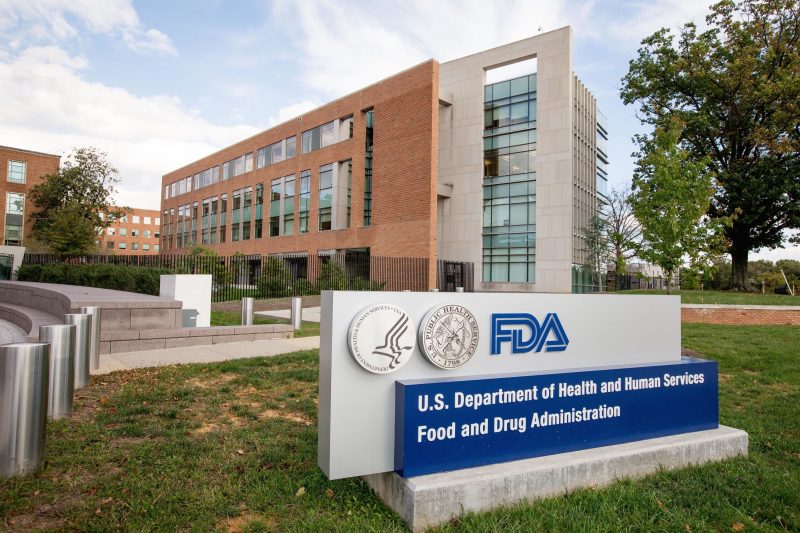
The CDC shipped 90 test kits to state public health labs on February 6 and 7. By that point, the US had only confirmed about a dozen coronavirus cases, including two cases of person-to-person transmission.
A problem with one ingredient in the US tests caused more than half of state labs to receive inconclusive results.
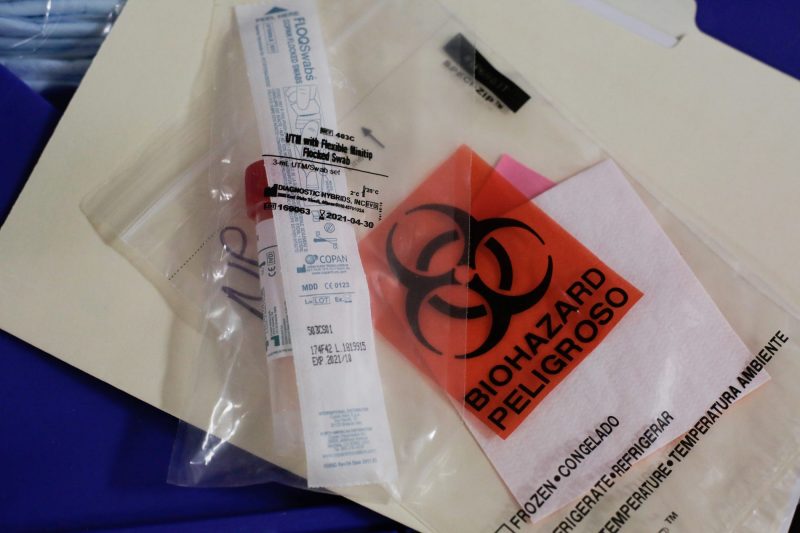
The CDC announced the issue with its tests on February 12. In response to the error, the agency said it would replace the ingredient and manufacture new tests. In the meantime, labs had to send samples to the CDC in Atlanta to confirm a case. That caused a delay of up to 48 hours between testing and confirmation.
By the end of February, only three of the nation's more than 100 public-health labs had verified the CDC test for use.
"At first, CDC was the only place where testing could be performed," Richard Martinello, an associate professor of infectious disease at the Yale School of Medicine, told Business Insider. "For a country of our size, when you only have a single site doing that, it limits the resources available for testing."
Health experts said the glitch was unprecedented.
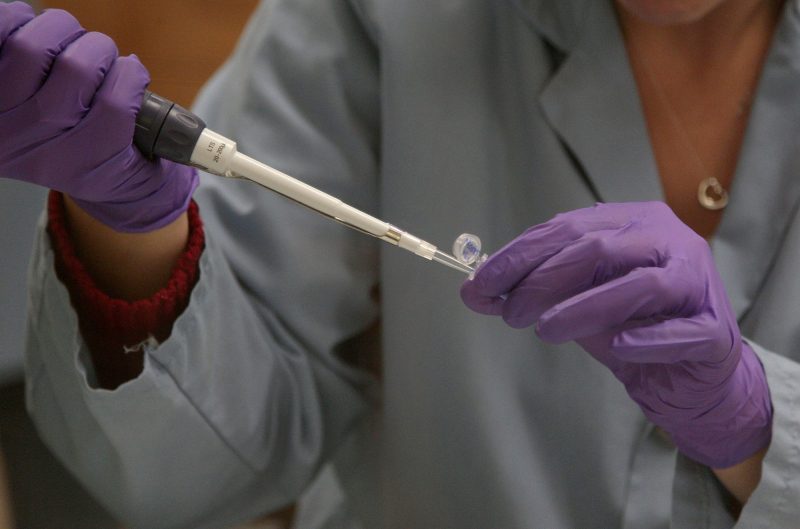
"It ought to be foolproof. As a friend of mine said, it ought to be a gorilla test - even a gorilla can run it," Schaffner said.
The CDC's initial criteria called for testing only symptomatic patients with a travel history to China or those who may have had contact with a lab-confirmed coronavirus patient.
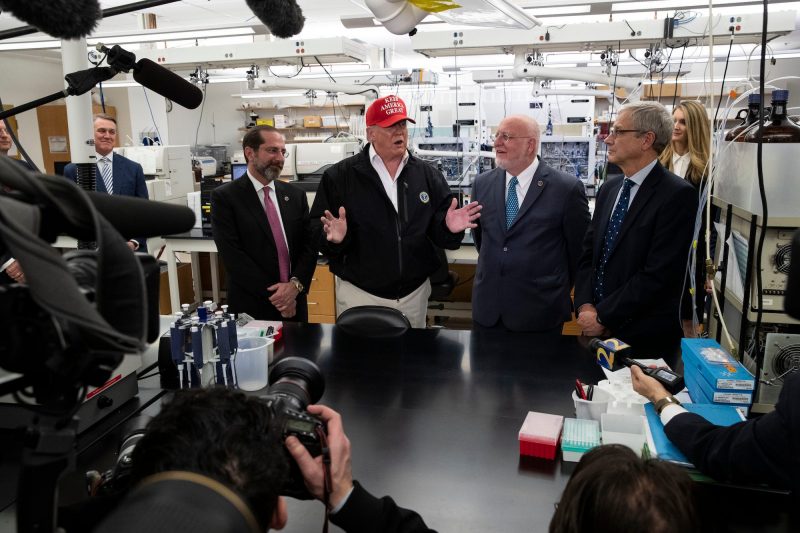
That meant the country's first case involving community spread, a patient in California, went untested for multiple days at two hospitals.
The CDC eventually revised its criteria on February 27 to include patients with conditions so severe that they required hospitalization. But some patients with mild symptoms, including those who recently traveled to countries with high case totals like Italy or Iran, still may not get tested right away.
The FDA began allowing academic hospital labs to develop and use their own coronavirus tests on February 29.
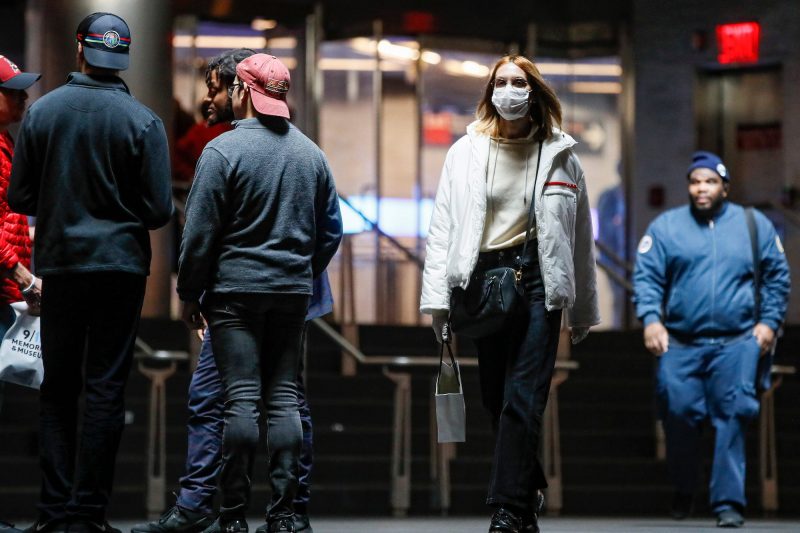
The policy only applied to labs that were certified to perform "high-complexity testing," but it expanded the number of tests that could be performed daily.
"As soon as the virus started to spread in the community, then the desire for testing exploded," Schaffner said. "Everybody's brother wanted to be tested and doctors wanted to start testing very broadly. I think that caught my friends at the CDC completely flatfooted."
By March, doctors reported that they still hadn't received enough tests to diagnose potential cases.
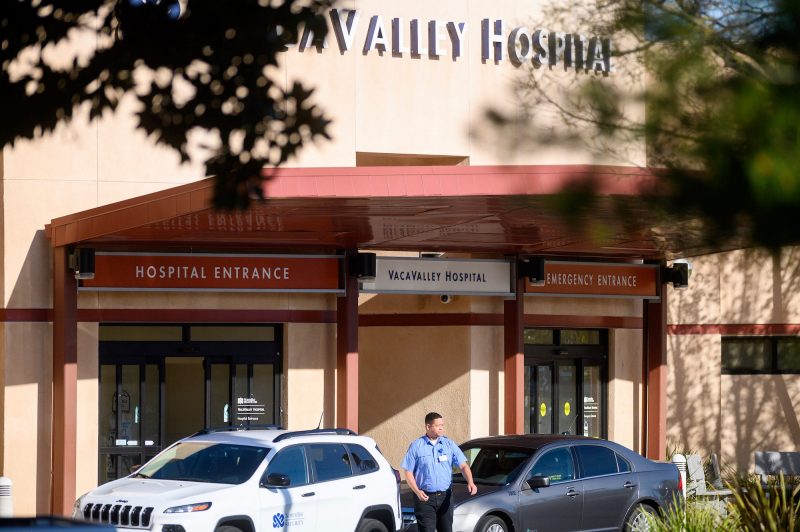
Matthew McCarthy, a hospitalist at Weill Cornell Medicine in New York City, told CNBC on March 2 that the revised CDC tests hadn't arrived at his hospital.
"I'm here to tell you right now - at one of the busiest hospitals in the country, I don't have it at my fingertips," he said. "I still have to call the Department of Health. I still have to make my case, plead, to test people."
Vice President Pence said on March 4 that more than 2,500 kits were being distributed across the country that week — enough for 1.5 million tests.
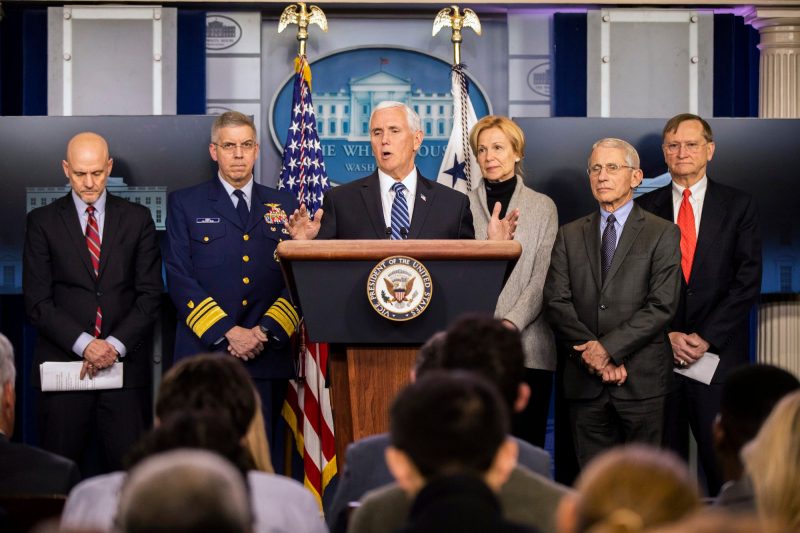
Health and Human Services Secretary Alex Azar confirmed that the government had shipped enough materials for 700,000 tests as of March 6. Two days later, FDA commissioner Stephen Hahn estimated that 1.1 million tests had been sent out to public labs.
By Sunday, the CDC had tested fewer than 2,000 people. South Korea and China, meanwhile, had tested hundreds of thousands.
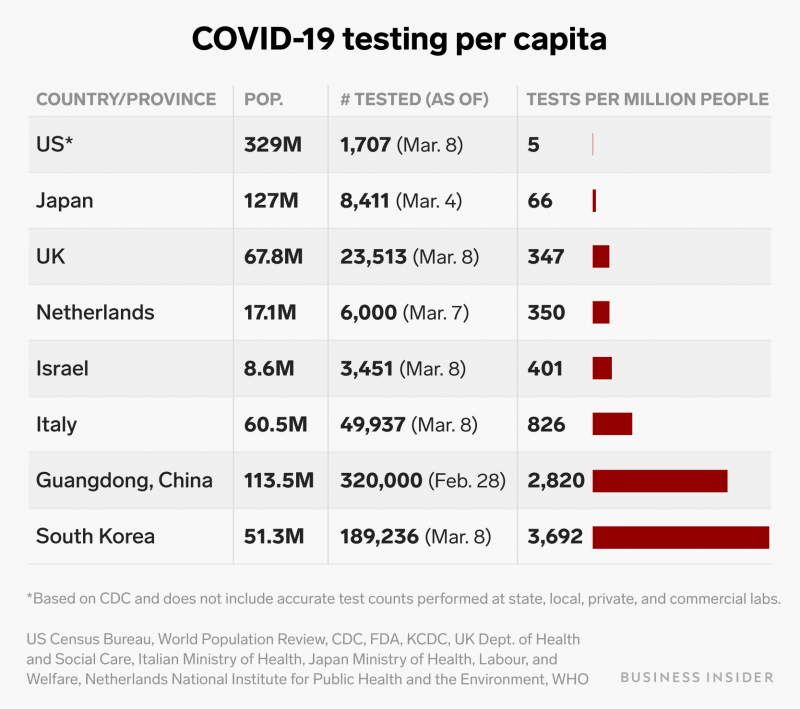
The CDC had tested five out of every one million people as of Sunday - a significantly lower amount per capita compared to other nations with major coronavirus outbreaks such as Italy, Japan, and South Korea.
The actual number of tests administered in the US could be higher: Hahn said the US government had conducted 5,861 tests - not including those conducted at private and commercial labs - by Friday, CNN reported.
But that would still mean the US had conducted around 18 tests per one million people compared to Japan's 66 per million and South Korea's 3,692 per million.
"Other countries are testing much more broadly than we are," Schaffner said. "We are trotting along while they're racing along."
A long-term care facility in Seattle, home to one the biggest coronavirus outbreaks in the US, said it didn't have enough tests for 65 symptomatic employees on Monday.
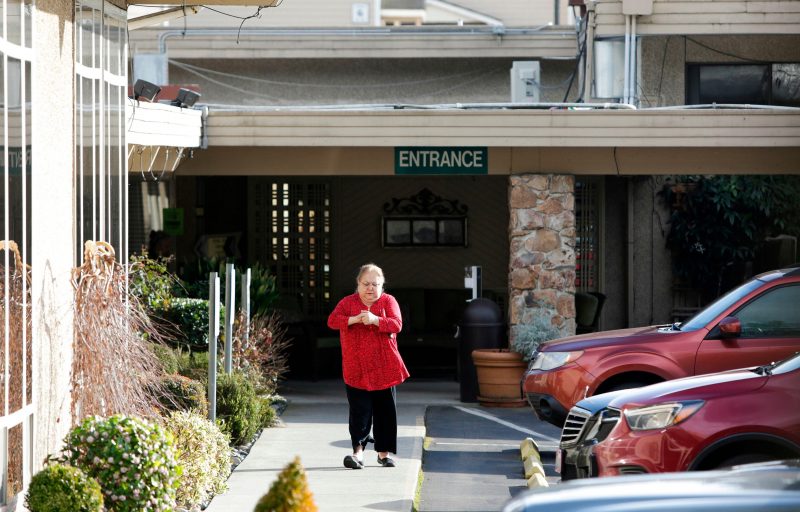
More than 50 residents at the facility - the Life Care Center in Kirkland, Washington - have been infected and at least 13 have died.
"We would like more kits to test employees," a spokesperson for the center, Tim Killian, told reporters at a briefing on Monday. "We've been asking the various government agencies that have been supplying us with test kits."
About one-third of the center's 180 employees are experiencing symptoms under self-quarantine, but the center doesn't have enough tests for them, Killian said.
Researchers at the Seattle Flu Study said the number of cases in Washington may have reached 570 by March 1, but the stringent testing criteria meant fewer cases were reported.
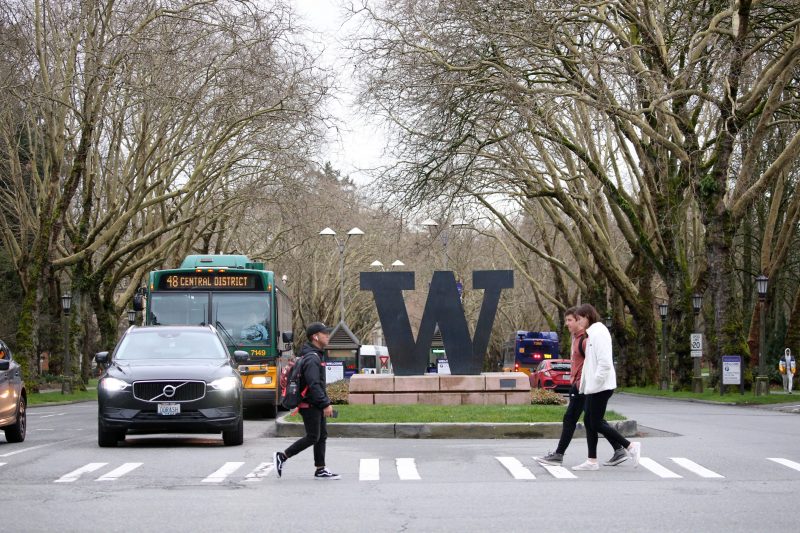
The researchers recently sequenced the genome of the virus in a case reported in Snohomish County in late February. Based on that sequencing, the team predicted that the case was linked to the first patient reported in the US: a 35-year-old man from Snohomish County.
One of the study's researchers, Trevor Bedford, tweeted on February 29 that the virus might have been introduced to the Washington community via that first patient on January 15, five days before the patient's diagnosis was publicly announced.
"I believe we're facing an already substantial outbreak in Washington State that was not detected until now due to narrow case definition requiring direct travel to China," Bedford said.
The CDC said coronavirus testing was available in all 50 states as of Monday.
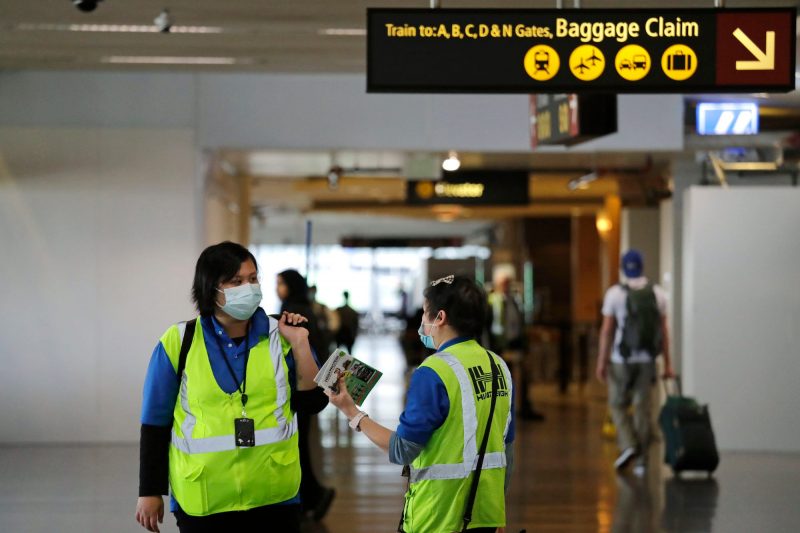
The Association of Public Health Laboratories confirmed on Monday that 78 state and local public health labs had verified the tests and were currently using them. The CDC said it has distributed 75,000 kits to the labs so far.
In New York, where nearly 200 cases have been confirmed, Gov. Cuomo says testing capacity is still limited.
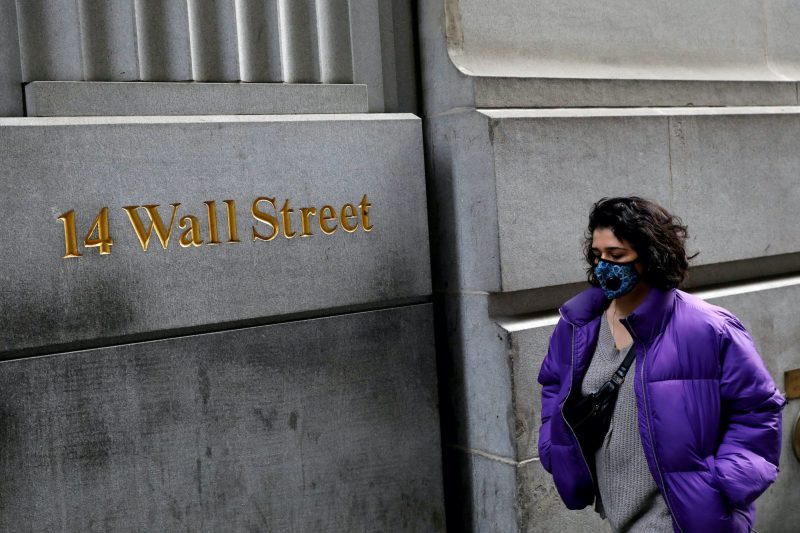
"When they do the retrospective on this one, they are going to say, 'Why did it take the United States so long to bring up the testing capacity?'" Cuomo said on the "Today" show on Wednesday.
He asked the federal government "just take the handcuffs off me and let New York State do what New York State can do."
A spokesperson for the state health department said on Friday that New York has around 3,000 test kits for the virus. That means the state can only conduct a few hundred tests per day. Its goal, Cuomo said last week, is to conduct 1,000 tests per day.
Hahn said the government plans to ship 4 million additional tests by the end of next week.
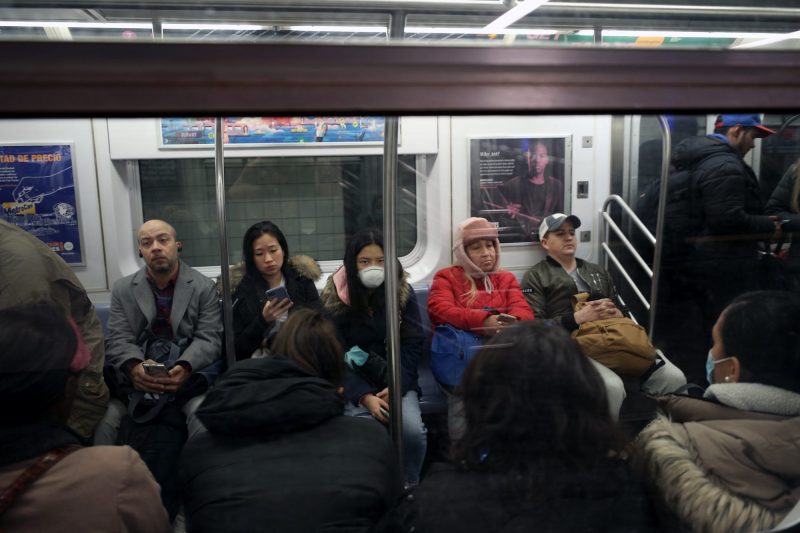
But on Tuesday, CDC Director Robert Redfield told Politico that the chemicals used to make the tests could be in short supply.
That same day, Schaffner said hospitals were still struggling to test patients.
"I still hear that the states have a criteria that you have to meet before your specimen can be accepted for testing, so doctors and other healthcare providers have to call the state health department," he said. "There may be a wait because there are a number of people who are calling in trying to get testing and figuring out how to get it done. That still is a bit cumbersome."
On Wednesday, NBC News reported that the attending physician of Congress and the Supreme Court, Brian Monahan, told Senate staff that around 70 million to 150 million people in the US - about a third of the population - would likely contract the virus.
